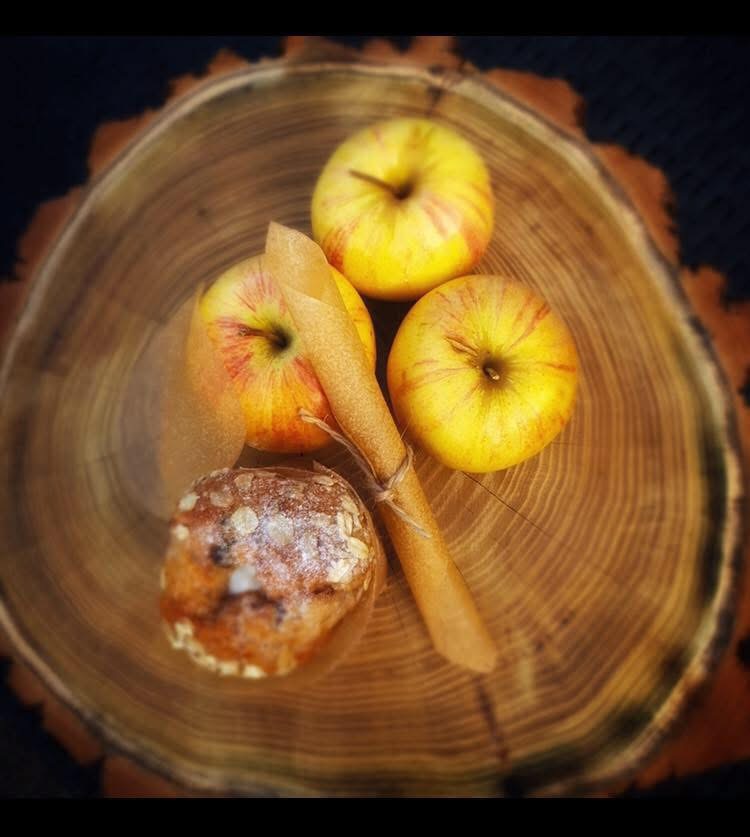
PROCESS FOR OBTAINING THE BIODEGRADABLE PACKAGING
Description: The process involves several stages: (1) preparation of the raw material by cutting the fruits into optimal sizes for processing; (2) selective thermal treatment (blanching) of dense-structured fruits to inactivate enzymes and preserve sensory attributes; (3) mechanical pulping of the fruits to obtain a homogeneous paste with fine particle size; (4) homogenization of the composition and incorporation of a natural plasticizer (gelatin–chitosan, 0.5–3%) to enhance the mechanical strength and flexibility of the resulting film. The fruit paste is then cast in a uniform layer on a non-stick surface and subjected to a controlled drying process in a convection oven, with gradually increasing temperature (from 55°C to 70°C) until a residual moisture content of 6–12% is achieved. During this stage, natural polymerization reactions (involving pectin and uronic acids) occur, contributing to the gelation and stabilization of the film matrix. The resulting film has an average thickness of ~0.263 mm, a uniform and translucent appearance, specific fruit aroma, is water-soluble, and microbiologically stable. The packaging is then sealed and stored under controlled conditions (10–15°C, 40–60% relative humidity) to prevent degradation. This type of packaging offers a sustainable and eco-friendly alternative to conventional synthetic materials.
Process for obtaining a Biodegradable Packaging Based on Fruit- Derived Edible Films. This invention describes a technological process for producing a biodegradable packaging material made from fruit-based edible films with the addition of natural plasticizers, intended for use in the food and pharmaceutical industries. The process involves several stages: (i) preparation of the raw material by cutting the fruits into optimal sizes for processing; (ii) selective thermal treatment (blanching) of dense-structured fruits to inactivate enzymes and preserve sensory attributes; (iii) mechanical pulping of the fruits to obtain a homogeneous paste with fine particle size; (iv) homogenization of the composition and incorporation of a natural plasticizer (gelatin–chitosan, 0.5–3%) to enhance the mechanical strength and flexibility of the resulting film. The fruit paste is then cast in a uniform layer on a non-stick surface and subjected to a controlled drying process in a convection oven, with gradually increasing temperature (from 55°C to 70°C) until a residual moisturecontent of 6–12% is achieved. During this stage, natural polymerization reactions (involving pectin and uronic acids) occur, contributing to the gelation and stabilization of the film matrix. The resulting film has an average thickness of ~0.263 mm, a uniform and translucent appearance, specific fruit aroma, is water-soluble, and microbiologically stable. The packaging is then sealed and stored under controlled conditions (10–15°C, 40–60% relative humidity) to prevent degradation. This type of packaging offers a sustainable and eco-friendly alternative to conventional synthetic materials .
Organisation: Olga Botnari ( Fiodorov)
Innovator(s): Olga Botnari (Fiodorov)
Category: Food Technology
Country: Moldova

